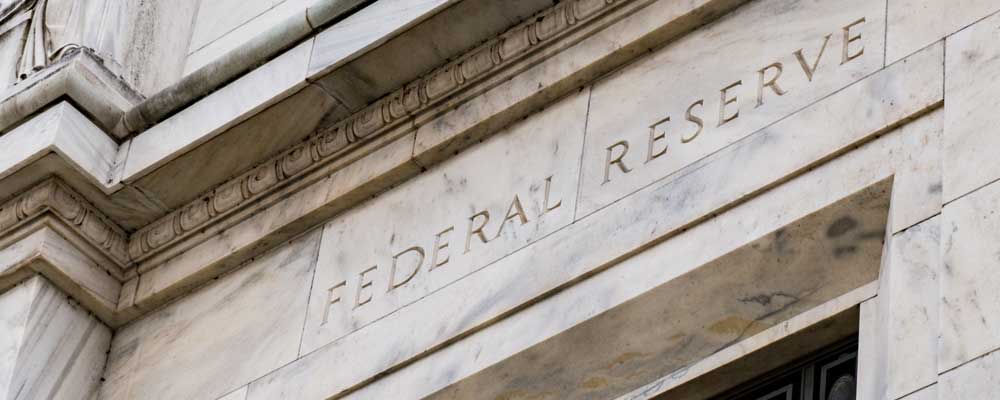UPDATE: This article was updated on June 8th with additional guidance from SB and Treasury on the Payroll Threshold.
UPDATE: On June, 5, 2020, President Trump signed the PPP Flexibility Act of 2020 into law.
On Wednesday, June 3, the Senate passed the House’s PPP Flexibility Act of 2020, sending the bill on to the President for signature; it is expected to become law later this week. Among other changes, the bill gives businesses up to 24 weeks to spend PPP funds on approved costs. Here we’ll cover the major changes and what it may mean for your business:
Covered Period/Time to Spend Funds
The PPP Flexibility Act changes the 8 week covered period, the time with which a business could spend PPP money in order to qualify for forgiveness, to up to 24 weeks. The new covered period is the earlier of 24 weeks after loan origination (the date money was deposited) or December 31, 2020.
The bill does allow businesses who already have PPP loans to elect to maintain the original 8 week period if they would like. Who would want 8 weeks when you can have 24? Businesses who have already achieved full potential forgiveness may wish to file early for expediency. Additionally, those worried about maintaining employees or the ability to remain in business may wish to consider the original 8 week period.
Loan Forgiveness
With a 24 week period to spend money comes a 24 week period to consider and count full-time equivalent employees (“FTEs”). Because maintaining employees for 24 weeks in a pandemic may be difficult for some businesses there are a few expansions on exceptions:
- The rehire exception for employees laid off between February 15 and April 26 of 2020 has been pushed back to December 31, 2020 (from June 30, 2020). This also applies to exceptions for restoring salaries
- Exemptions are available for the documented inability to rehire an employee or inability to hire a similarly qualified person for the position
- An exemption is also available for businesses unable to return to the same level of pre-February 15, 2020 business activity due to compliance with guidance or requirements from Health & Human Services (HHS), the Center for Disease Control (CDC), or the Occupational Safety and Health Administration (OSHA) during the period of March 1 through December 31, 2020, related to maintenance of standards for sanitation, social distancing, or other worker or customer safety requirement due to COVID-19.
Businesses will now be required to file for forgiveness within 10 months of the last day of the covered period.
Payroll Threshold
The SBA had stated that 75% or more of funds should be spent on payroll costs and the application for forgiveness instituted a limit based on this ratio. The PPP Flexibility Act reduces that to 60% or more on payroll. One of the issues objectors had with the bill was that this 60% is written as a cliff – either a taxpayer spends 60% on payroll or no forgiveness will be allowed; however, on Monday, June 8, the SBA and Treasury issued a joint statement on forthcoming guidance, which advised taxpayers that the SBA will not treat this as a cliff. The SBA stated borrowers using less than 60% of the loan on payroll costs will “continue to be eligible for partial loan forgiveness”.
Loan Terms and Repayment
Loans will remain at 1% interest but the term has been extended to five years. The deferral period has been extended until the date the SBA’s forgiveness decision is remitted to the lender; remember, this can be up to 150 days after the forgiveness application is remitted (the bank has a 60-day limit and the SBA has a 90-day limit).
One More Benefit
Lastly, the PPP Flexibility Act makes the CARES Section 2301 deferral of employer Social Security taxes available to all taxpayers, including those who received PPP loans. For more on the Social Security tax deferral see our write up in the second section of https://www.pbmares.com/didnt-receive-a-ppp-loan/.
What’s Next?
Once the President signs the bill into law, we expect the SBA will begin work on a new round of guidance, new forgiveness application, etc.
We are also waiting and tracking legislation that would address whether amounts spent that qualify for loan forgiveness are deductible. The extension of the covered period has made this issue even more pressing, as many businesses will spend PPP money and apply for forgiveness in 2020 but receive their decision in 2021.





